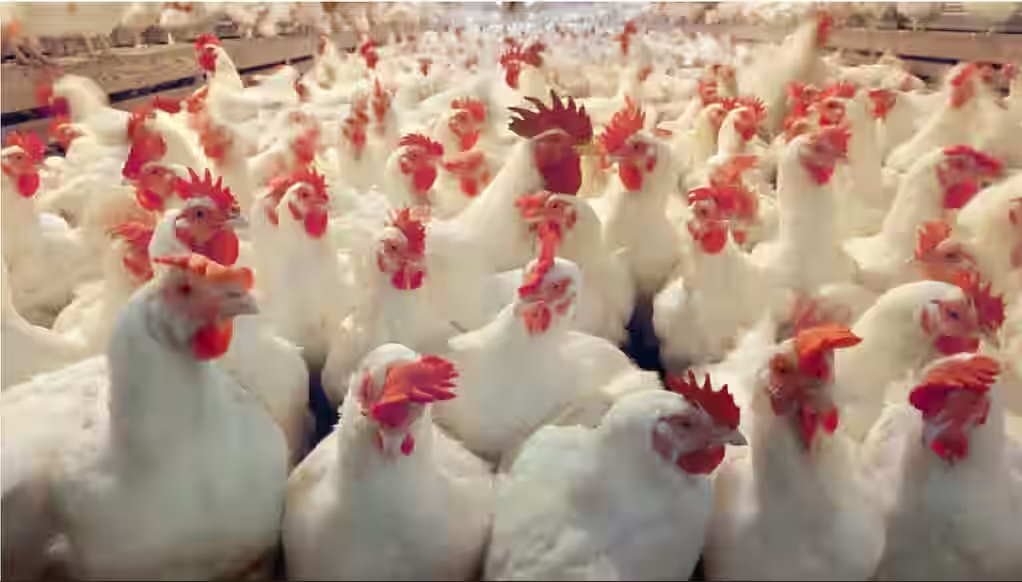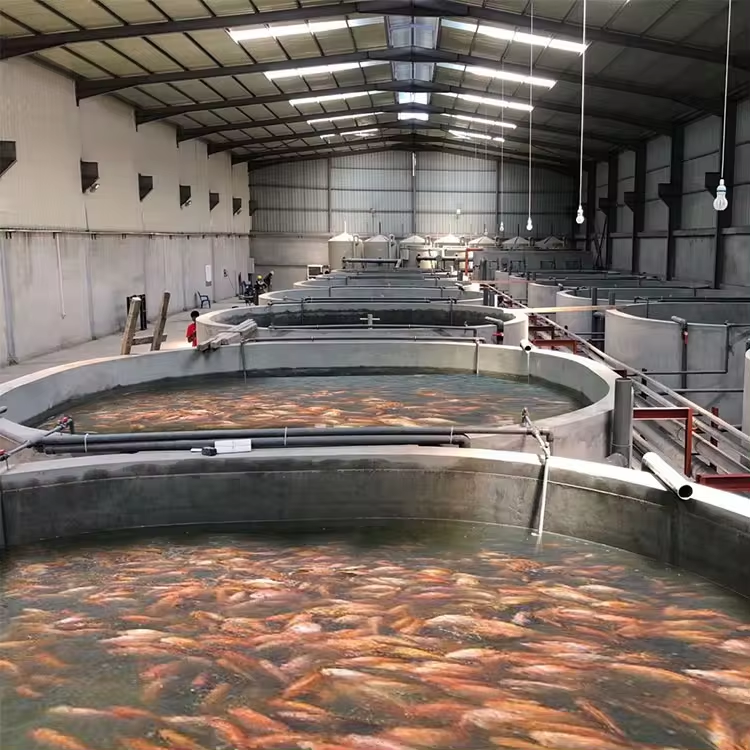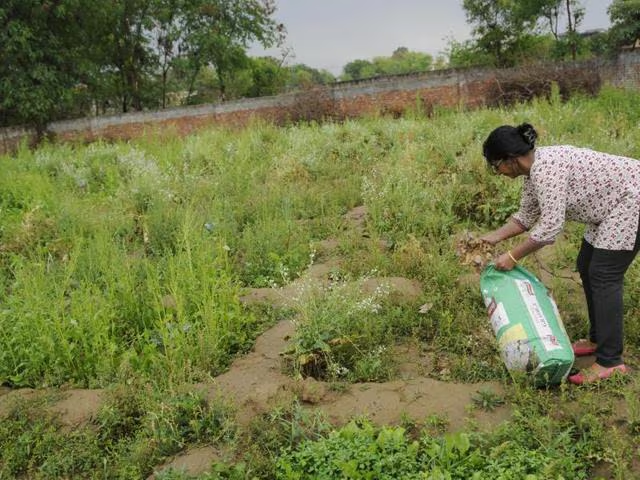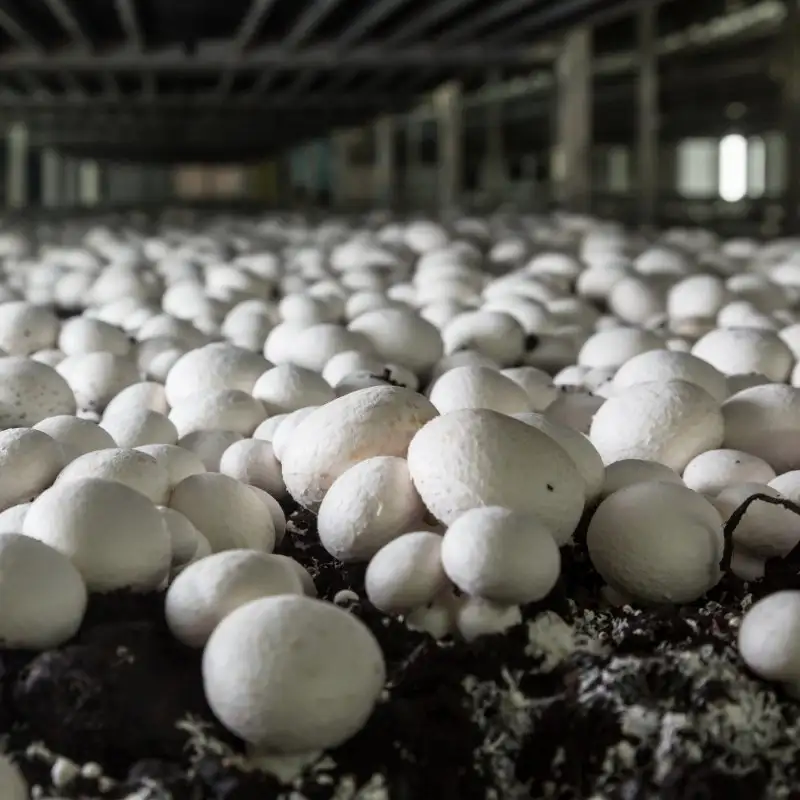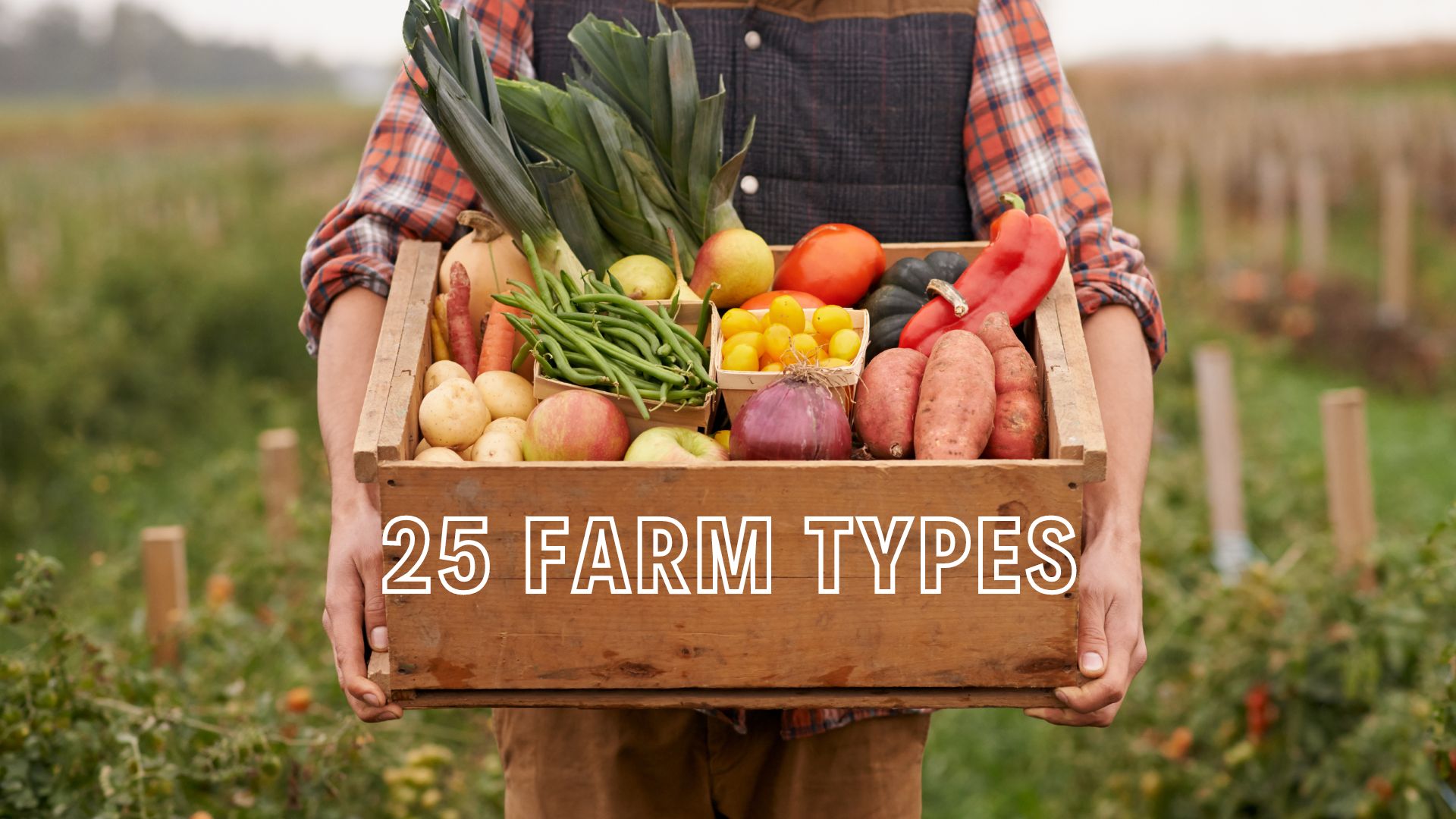
Farming is a diverse and essential industry that provides the food, fibers, and other resources we use daily.
Farms come in various types, each specializing in different crops or livestock to meet the needs of local and global markets.
Whether focusing on animal husbandry, crop production, or innovative methods like hydroponics, each type of farm plays a crucial role in sustaining communities and economies.
This blog will explore 25 different types of farms, highlighting their key characteristics and the products they provide.
Explore Different Types of Farms
1. Dairy Farm

Dairy farms specialize in producing milk and dairy products such as cheese, butter, and yogurt.
These farms primarily raise cows, but some also raise goats or sheep for milk production.
Dairy farms are essential for providing a steady supply of fresh milk and dairy goods.
- Primary Product: Milk, dairy products
- Animals Raised: Cows, goats, sheep
- Best For: Producing milk, cheese, butter
2. Poultry Farm
Poultry farms focus on raising birds such as chickens, turkeys, ducks, and geese for meat and egg production.
Poultry farms focus on raising birds such as chickens, turkeys, ducks, and geese for meat and egg production. These farms are crucial in supplying fresh poultry products to markets and restaurants. Proper poultry housing plays a key role in maintaining healthy flocks, as well-ventilated and well-structured coops provide protection and comfort for the birds.
These farms are crucial in supplying fresh poultry products to markets and restaurants.
- Primary Product: Meat, eggs
- Animals Raised: Chickens, turkeys, ducks, geese
- Best For: Producing poultry meat and eggs
3. Beef Cattle Farm
Beef cattle farms raise cattle specifically for meat production.
These farms are focused on breeding, raising, and feeding cattle to produce high-quality beef for the meat industry.
- Primary Product: Beef
- Animals Raised: Cattle
- Best For: Producing meat, beef products
4. Sheep Farm

Sheep farms primarily raise sheep for wool, meat (lamb or mutton), and sometimes milk.
Sheep farming is essential to the textile and meat industries, providing high-quality wool and lamb.
- Primary Product: Wool, meat (lamb/mutton)
- Animals Raised: Sheep
- Best For: Wool production, meat, dairy
5. Goat Farm
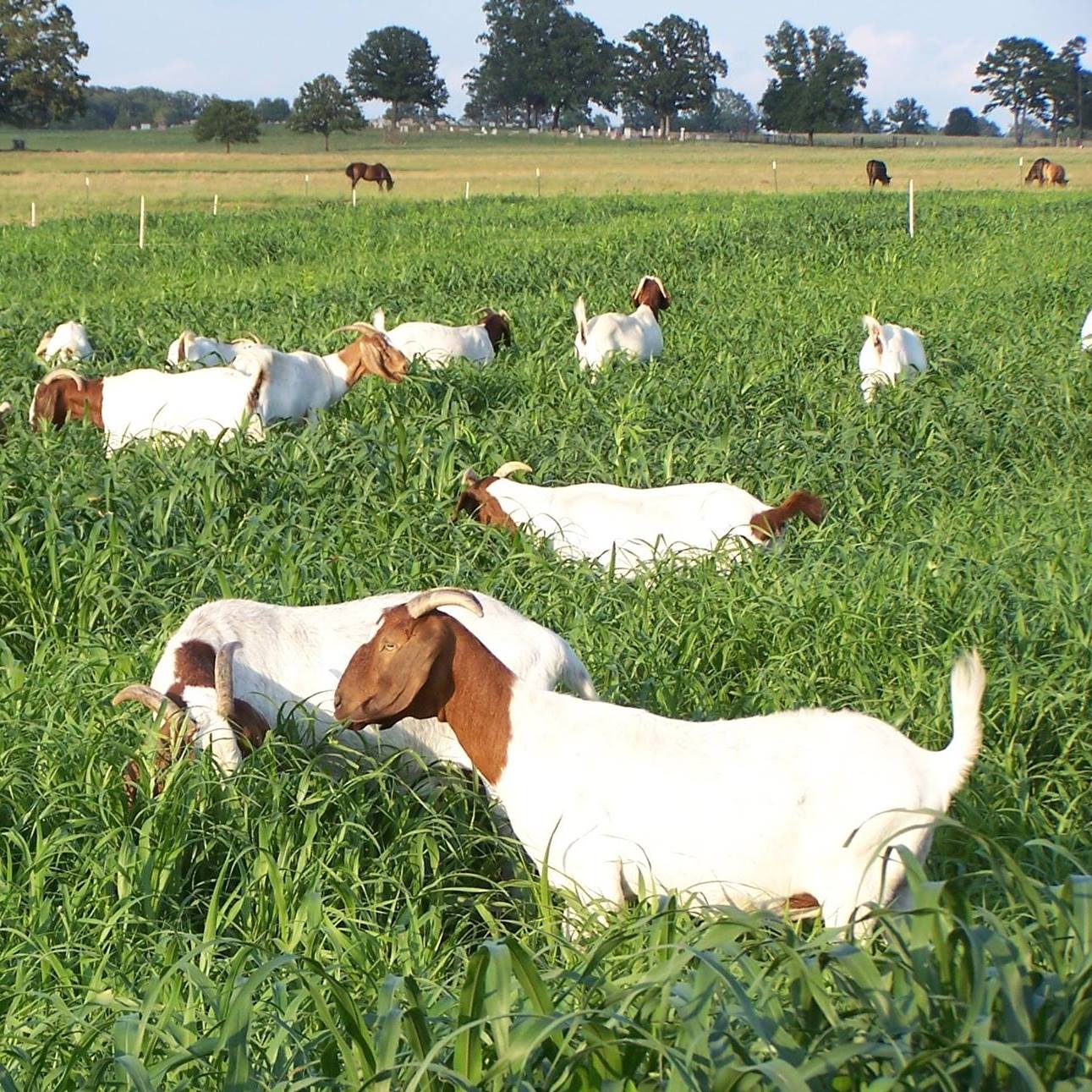
Goat farms raise goats for milk, meat, and fiber.
Goat milk produces cheeses, soaps, and other dairy products, while goat meat is a staple in many cuisines worldwide.
- Primary Product: Milk, meat, fiber
- Animals Raised: Goats
- Best For: Producing goat milk, meat, and fibers
6. Pig Farm

Pig farms, or hog farms, specialize in raising pigs for pork production.
Pigs are raised for their meat and processed into products like bacon, sausages, and ham.
- Primary Product: Pork
- Animals Raised: Pigs
- Best For: Producing pork products
7. Vegetable Farm
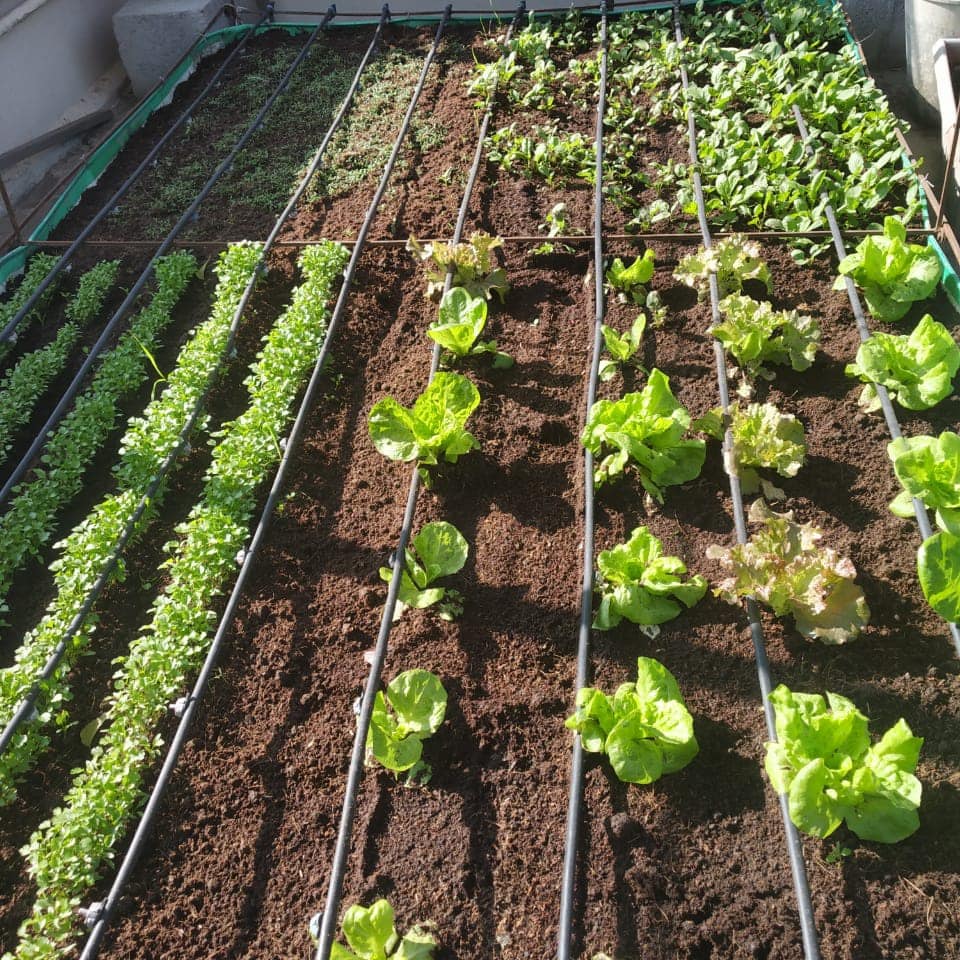
Vegetable farms grow various vegetables, supplying fresh produce to markets, grocery stores, and restaurants.
These farms can range from small family operations to large commercial farms.
- Primary Product: Vegetables
- Best For: Providing fresh produce
- Features: Grows a variety of vegetables
8. Fruit Orchard
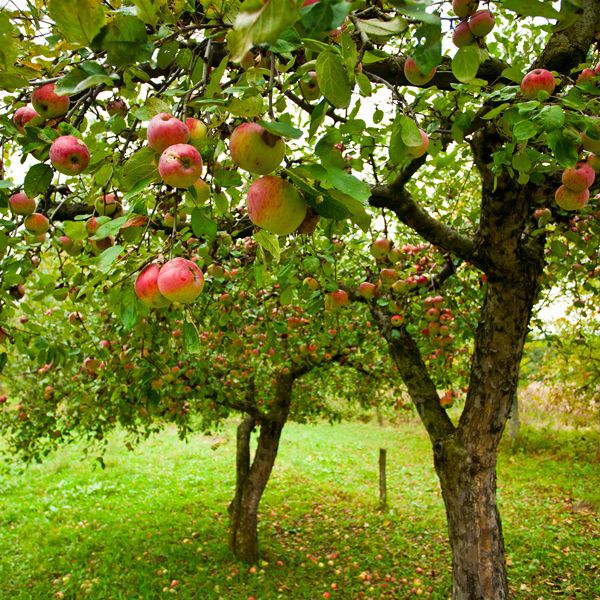
Fruit orchards are specialized farms that grow fruit trees like apples, oranges, pears, and cherries.
These farms provide fresh fruit for consumption and processing into juices, jams, and other products.
- Primary Product: Fruit
- Types of Trees: Apple, orange, pear, cherry, etc.
- Best For: Producing fresh fruit
9. Vineyard
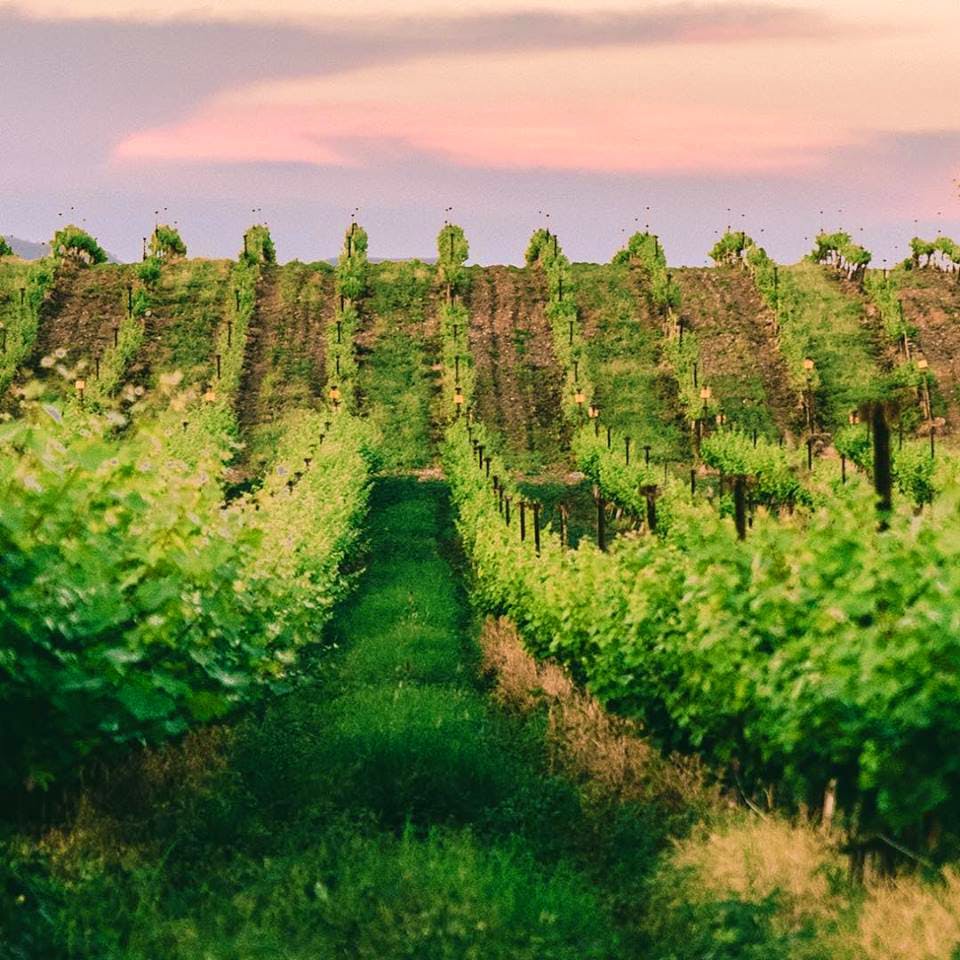
Vineyards are farms dedicated to growing grapes, primarily for wine production.
Some vineyards also produce table grapes and raisins. These farms play a crucial role in the wine industry, supplying grapes to wineries.
- Primary Product: Grapes, wine
- Best For: Wine production
- Features: Grows grapes for wine and other products
10. Grain Farm
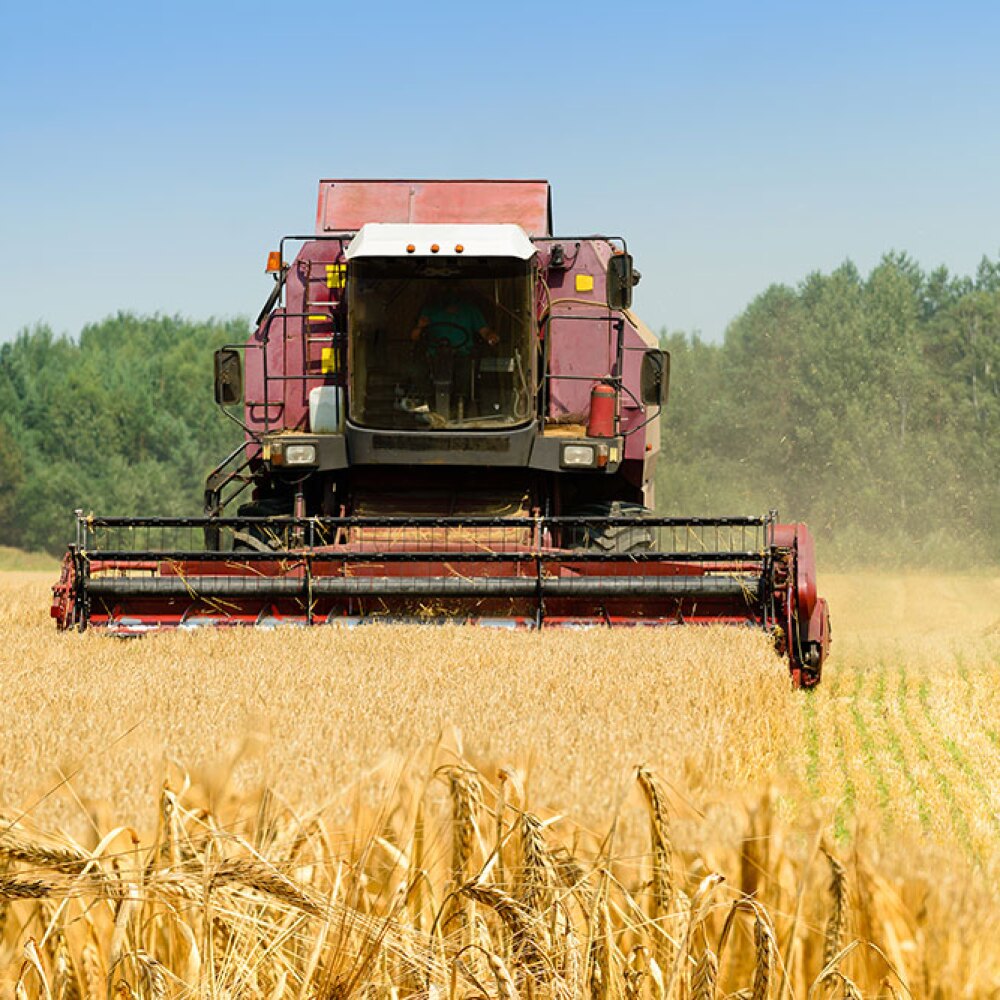
Grain farms grow cereal crops such as wheat, corn, barley, and oats.
These farms are vital for producing staple foods and animal feed and supply grains to mills, breweries, and food manufacturers.
- Primary Product: Wheat, corn, barley, oats
- Best For: Producing staple grains
- Features: Essential for food and feed production
11. Rice Farm

Rice farms cultivate rice, a staple food for billions of people worldwide.
These farms typically require wet, flooded fields known as paddies, especially in areas with heavy rainfall.
- Primary Product: Rice
- Best For: Staple food production
- Features: Grown in paddies, water-intensive
12. Fish Farm
Fish farms, or aquaculture, raise fish in controlled environments such as ponds, tanks, or cages in water bodies.
Common species include salmon, tilapia, and catfish.
Fish farming helps meet the demand for seafood while reducing pressure on wild fish populations.
- Primary Product: Fish
- Best For: Sustainable seafood production
- Features: Raised in controlled aquatic environments
13. Aquaponic Farm
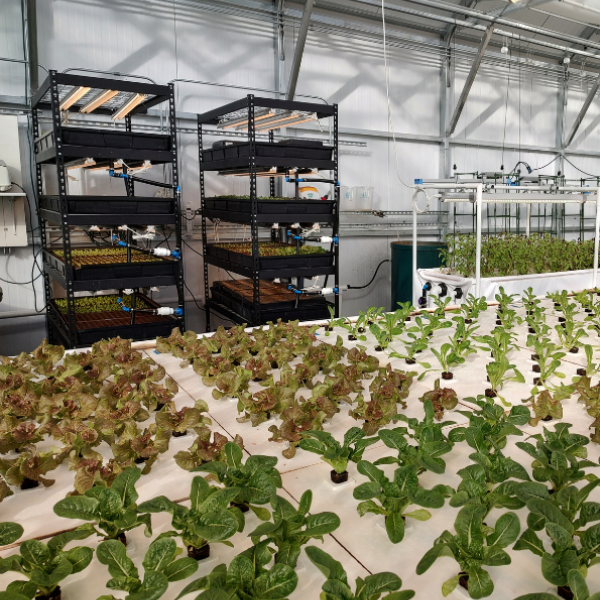
Aquaponic farms integrate fish farming with hydroponics, where plants are grown in water rather than soil.
The fish waste provides plant nutrients, creating a sustainable, symbiotic system that produces fish and vegetables.
- Primary Products: Fish, vegetables
- Best For: Sustainable, integrated farming
- Features: Symbiotic system, minimal waste
14. Hydroponic Farm
Hydroponic farms grow plants in nutrient-rich water, without the use of soil.
This method efficiently uses space and resources, making it ideal for urban farming and growing vegetables year-round.
- Primary Product: Vegetables, herbs
- Best For: Urban farming, year-round production
- Features: Soil-less, water-based growing
15. Organic Farm
Organic farms grow crops and raise animals without synthetic pesticides, fertilizers, or genetically modified organisms (GMOs).
These farms focus on sustainable practices, promoting soil health and biodiversity.
- Primary Products: Organic fruits, vegetables, meat, dairy
- Best For: Sustainable, eco-friendly farming
- Features: No synthetic chemicals, promotes biodiversity
16. Mixed Crop and Livestock Farm
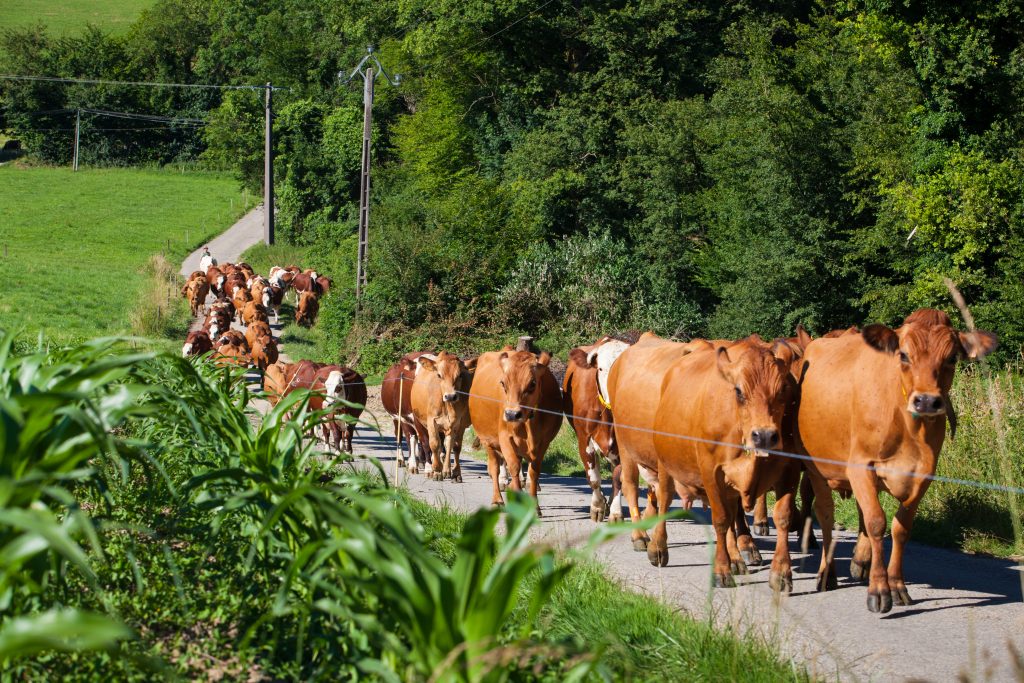
Mixed crop and livestock farms combine the production of crops and livestock.
This integrated approach can enhance sustainability by recycling nutrients and providing diverse income streams for farmers.
- Primary Products: Crops and livestock
- Best For: Sustainable, diverse farming
- Features: Integrated crop-livestock systems
17. Flower Farm
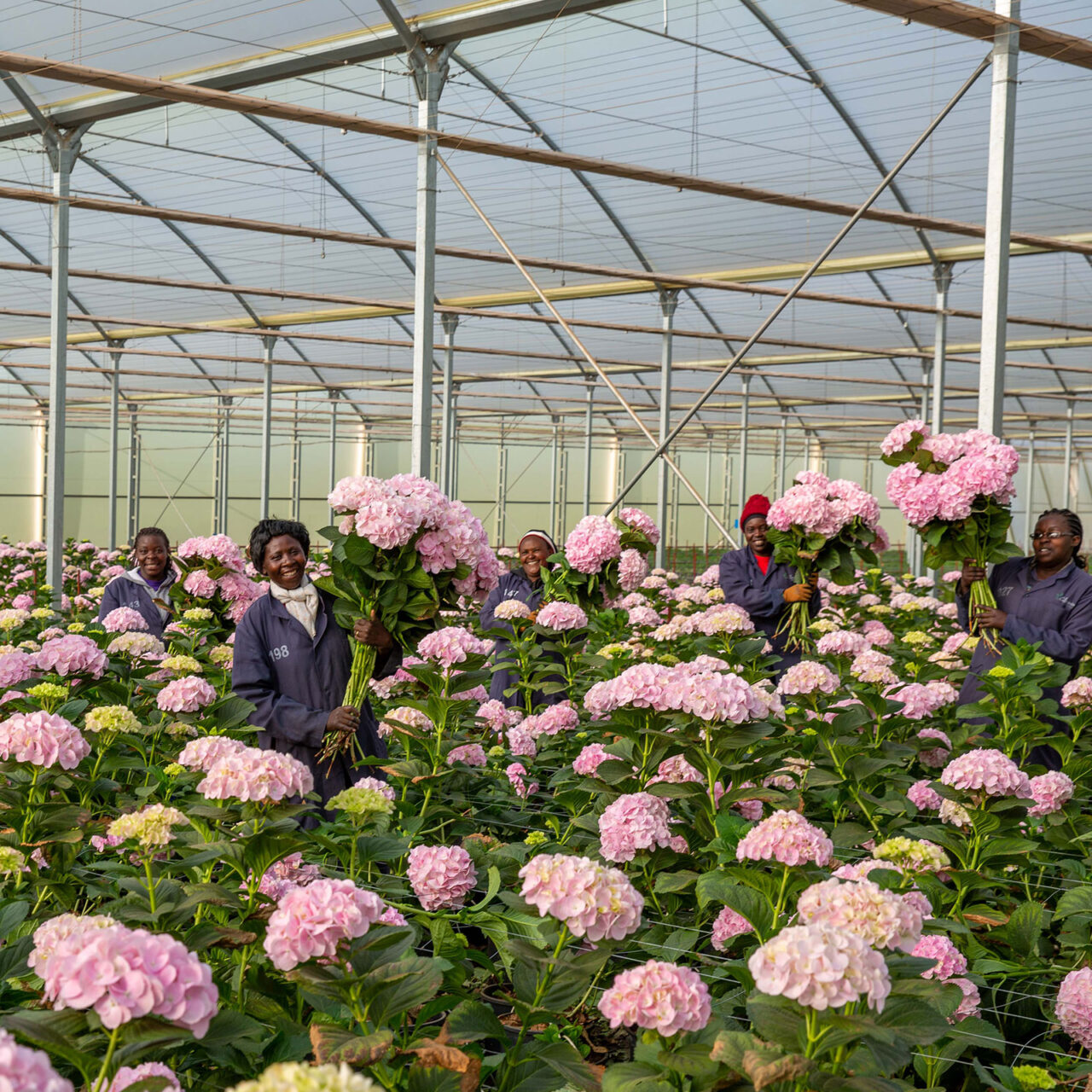
Flower farms cultivate flowers for sale in the floral industry, including cut flowers, potted plants, and decorative foliage.
These farms supply flowers for events, holidays, and everyday arrangements.
- Primary Product: Flowers
- Best For: Floral industry, decoration
- Features: Grows cut flowers, potted plants
18. Bee Farm (Apiary)
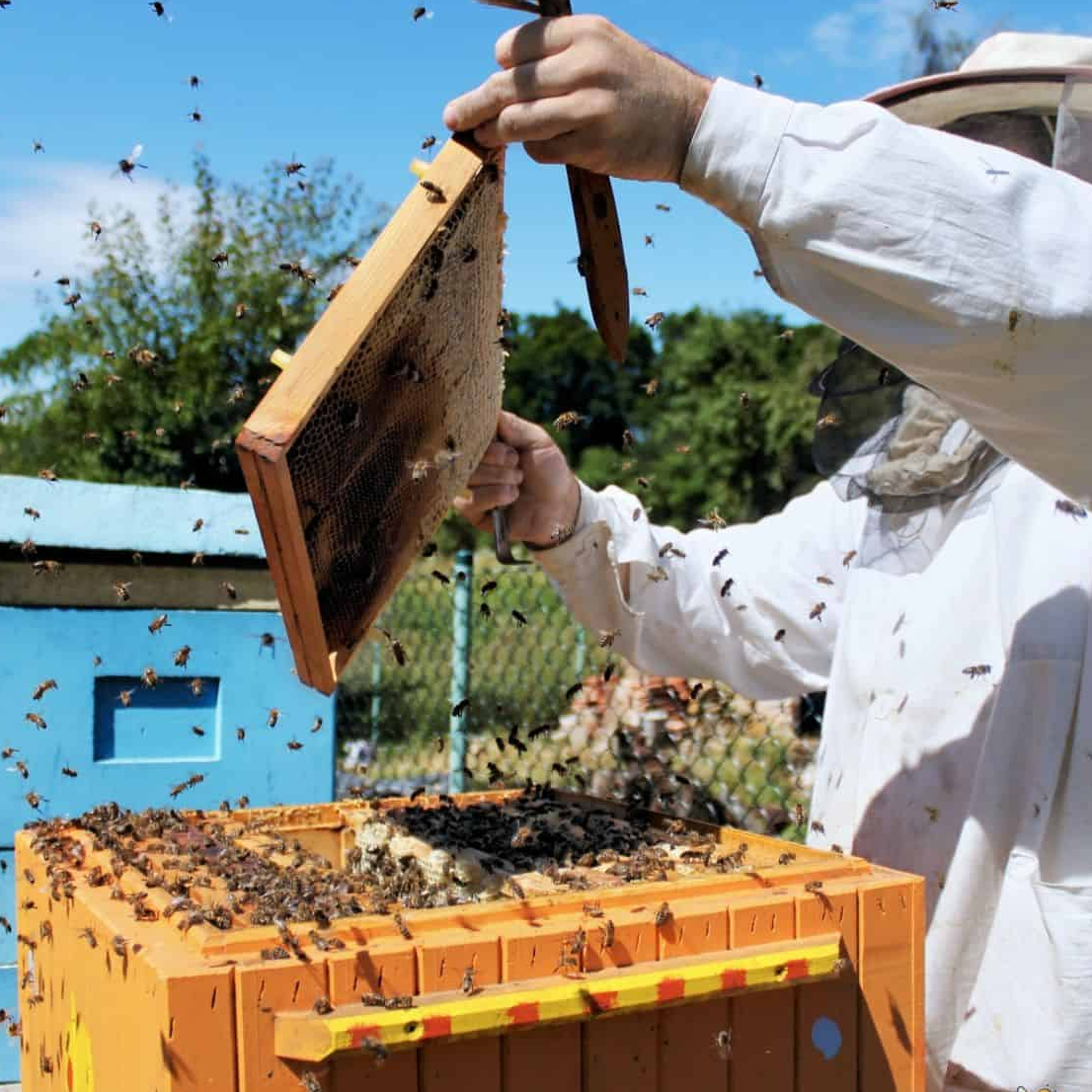
Bee farms, or apiaries, raise honeybees for honey production, beeswax, and pollination services.
Bees are crucial for pollinating crops, making bee farming essential for agriculture and food production.
- Primary Products: Honey, beeswax, pollination services
- Best For: Honey production, crop pollination
- Features: Essential for pollination, honey production
19. Herb Farm
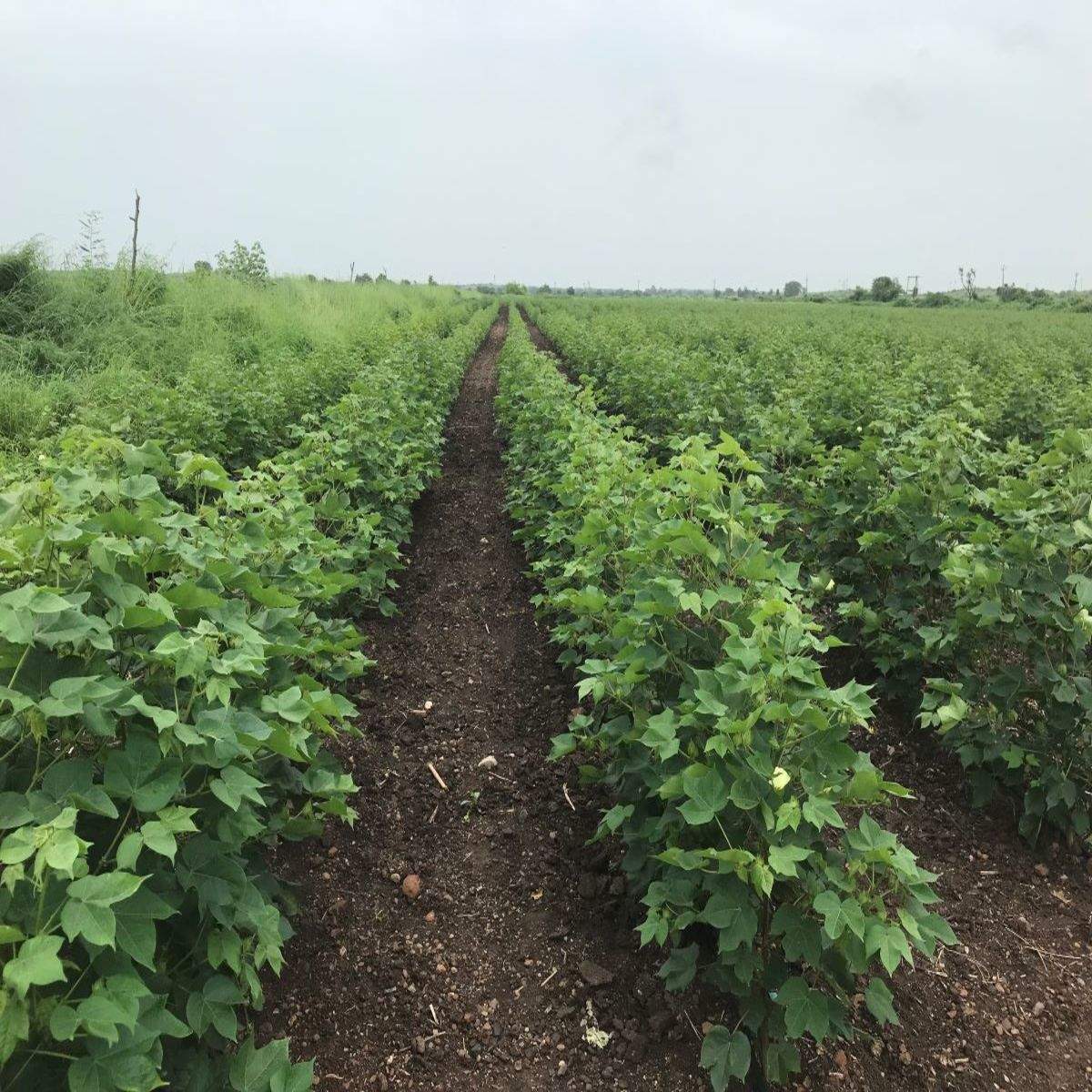
Herb farms specialize in growing culinary and medicinal herbs, such as basil, mint, rosemary, and lavender.
These farms supply fresh and dried herbs to markets, restaurants, and herbal medicine producers.
- Primary Product: Culinary and medicinal herbs
- Best For: Supplying fresh and dried herbs
- Features: Grows a variety of herbs for cooking and medicine
20. Coffee Plantation
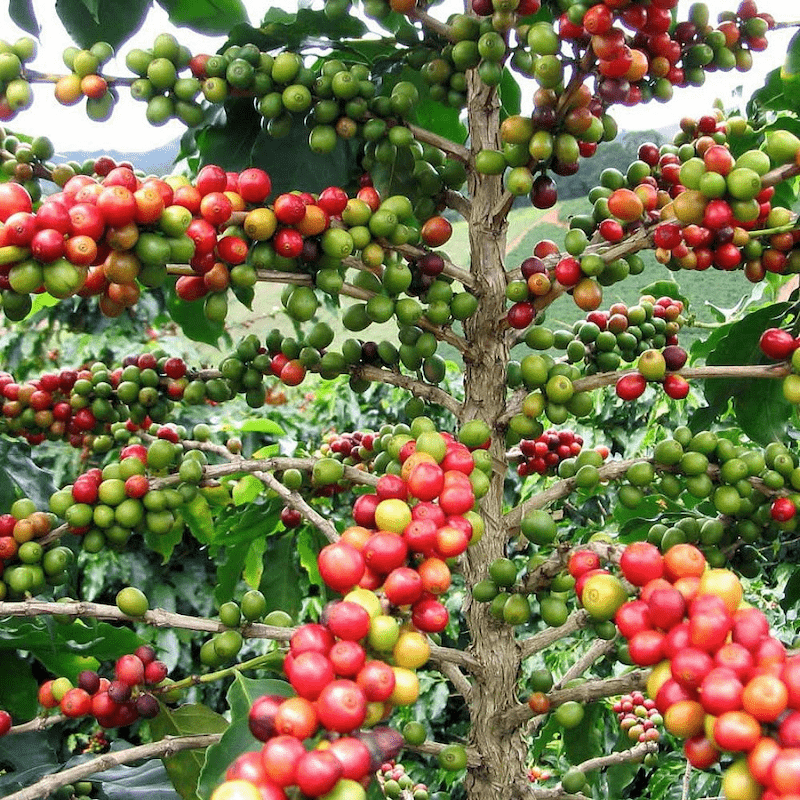
Coffee plantations are farms that grow coffee beans, one of the world’s most popular beverages.
These farms are typically located in tropical regions with specific climate conditions ideal for coffee cultivation.
- Primary Product: Coffee beans
- Best For: Coffee production
- Features: Grown in tropical climates, essential for the coffee industry
21. Sugarcane Farm
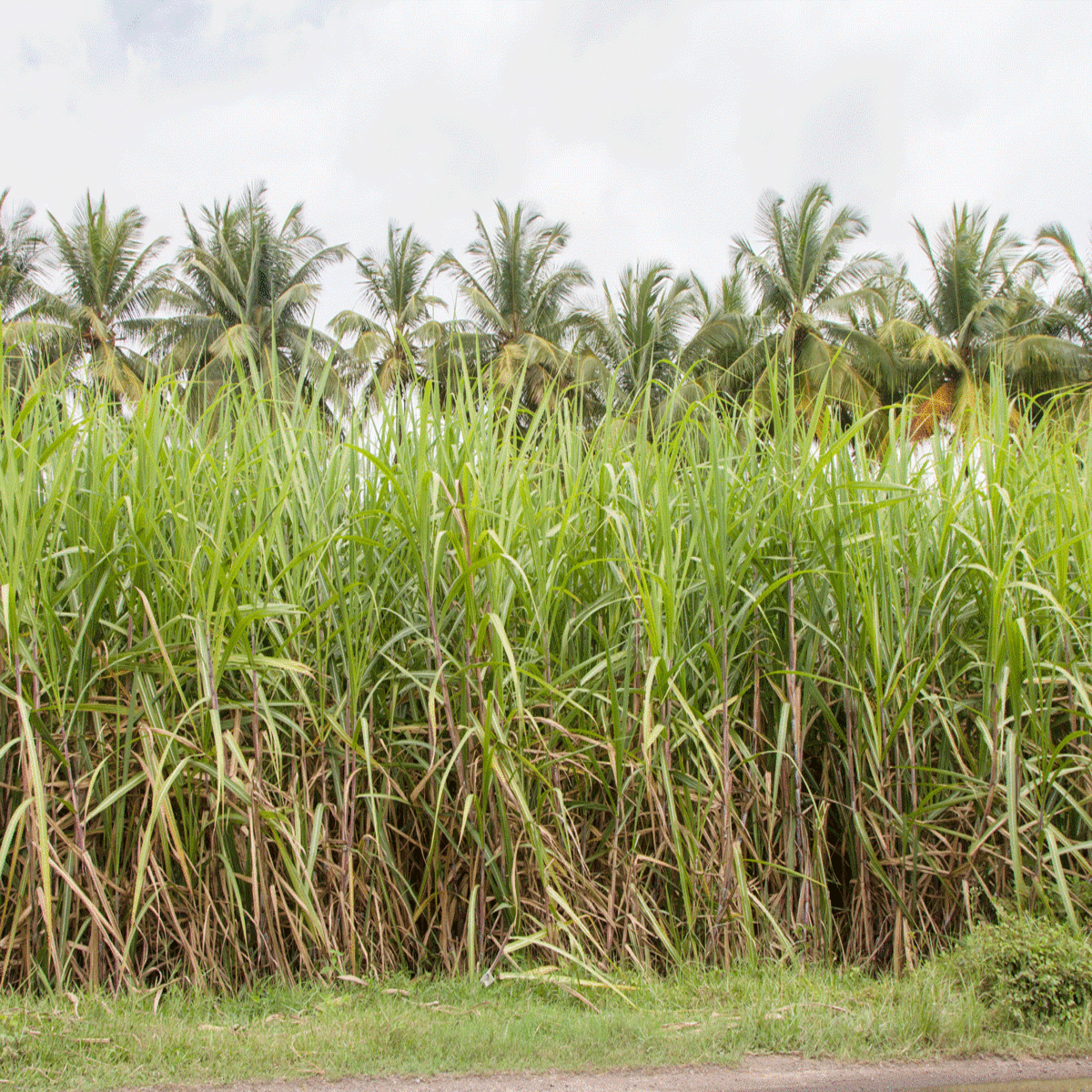
Sugarcane farms grow sugarcane, a tropical grass that is the primary source of sugar and ethanol.
These farms are vital for producing sugar, molasses, and biofuel.
- Primary Product: Sugarcane
- Best For: Sugar, ethanol production
- Features: Grown in tropical and subtropical climates
22. Cotton Farm

Cotton farms produce cotton, a key raw material for the textile industry.
Cotton is grown in warm climates and harvested to produce fabrics, threads, and other textile products.
- Primary Product: Cotton
- Best For: Textile production
- Features: Essential for fabric manufacturing
23. Mushroom Farm
Mushroom farms cultivate various types of mushrooms, such as button, shiitake, and oyster mushrooms.
These farms often grow mushrooms in controlled environments, providing fresh produce for culinary use.
- Primary Product: Mushrooms
- Best For: Culinary use, fresh produce
- Features: Grown in controlled environments
24. Tree Farm
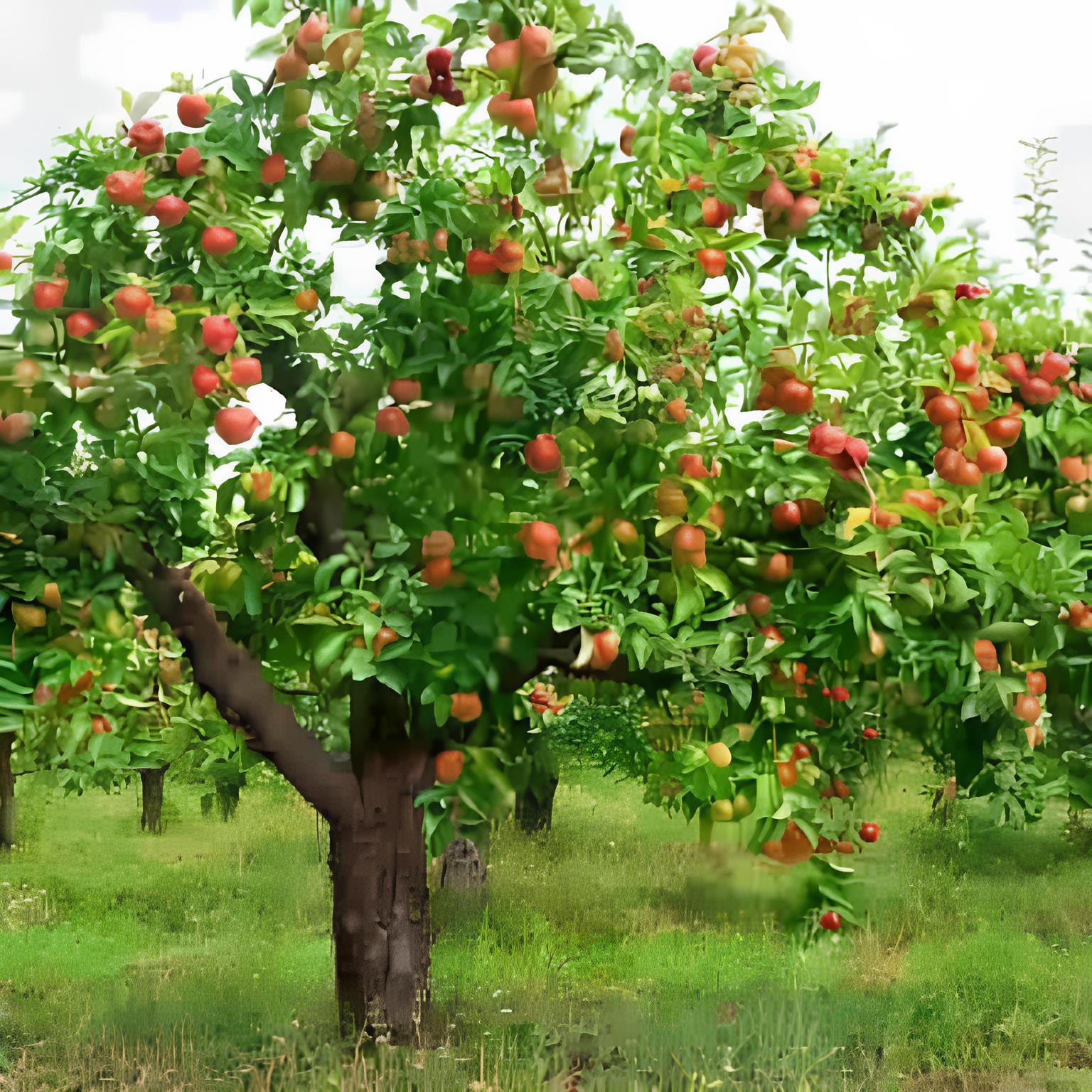
Tree farms grow trees for lumber, paper, and other wood products.
These farms practice sustainable forestry, ensuring a steady timber supply while preserving forests for future generations.
- Primary Product: Lumber, paper, wood products
- Best For: Sustainable forestry
- Features: Grows trees for timber and other wood products
25. Alpaca Farm

Alpaca farms raise alpacas for their soft, luxurious fleece, which is used to make high-quality textiles.
Alpacas are also bred for their gentle nature and are popular in agritourism.
- Primary Product: Alpaca fleece
- Best For: High-quality textiles, agritourism
- Features: Raises alpacas for fleece, gentle animals
Conclusion
Farming is a diverse and essential industry that supports our food supply, clothing, and even the environment.
From traditional dairy farms to innovative hydroponic systems, each type of farm plays a unique role in sustaining communities and economies.
By understanding the different types of farms, we can appreciate the hard work and dedication that goes into producing the goods we rely on every day.

